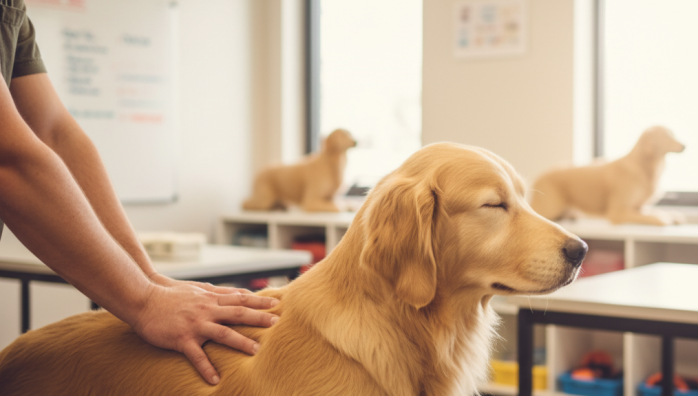Canine CPR Step by Step Guide
by admin in Pet Care Basics 16 - Last Update November 18, 2025

I\'ll never forget the feeling of sitting in my first pet first aid certification course. The topic of the day was CPR, and honestly, a wave of panic washed over me. The thought of my own dog collapsing, lifeless, was my absolute worst nightmare. But as the instructor walked us through the steps, that fear slowly turned into a feeling of empowerment. Knowing what to do in that terrifying moment is a skill I hope I never have to use, but one I\'m profoundly grateful to have. This guide is based on what I\'ve learned through certified training, and my goal is to help you feel a little more prepared, too.
A critical disclaimer before we start: This guide is for educational purposes in a dire emergency. It is not a substitute for hands-on training from a certified professional. I strongly encourage every pet owner to take a pet first aid and CPR class. Performing CPR incorrectly can cause harm. This is a last-resort measure to be used only when a pet is unresponsive, not breathing, and has no heartbeat, while you are on your way to an emergency veterinarian.
The crucial first steps: check before you act
Before you even think about starting CPR, you have to assess the situation in seconds. Shouting your dog\'s name and gently shaking their shoulder is the first step. If there\'s no response, you need to check their A-B-Cs: Airway, Breathing, and Circulation (heartbeat/pulse).
- Airway: Carefully open their mouth. Pull the tongue forward to see if there\'s any object blocking the throat. If you see something, carefully try to sweep it out with your finger. Be cautious not to push it further down.
- Breathing: Look for the rise and fall of the chest. Put your cheek near their nose and mouth to feel for breath. If there is no breathing, you need to start rescue breaths.
- Circulation: Check for a pulse. The easiest place I\'ve found to do this is the femoral artery, located high on the inside of the rear leg, where the leg joins the body. Place two fingers there and feel for a pulse. If you can\'t find one and the dog is not breathing, it\'s time to begin CPR.
The core of canine CPR: compressions and breaths
The rhythm I was taught is 30 chest compressions followed by 2 rescue breaths. Think of the song \"Stayin\' Alive\" – its tempo is the perfect rate for compressions, about 100-120 per minute.
Step 1: Chest compressions
How you position your dog and your hands depends on their size. For most dogs, you\'ll want them lying on their right side on a firm surface.
- For medium to large dogs: Place the heel of one hand over the widest part of their chest, right behind the elbow. Place your other hand on top and interlock your fingers. With your arms straight, push down hard and fast, compressing the chest about one-third to one-half of its depth.
- For small dogs or cats: I find it\'s easier to use a one-handed technique. You can either place one hand on the chest and compress, or wrap your hand around their chest so your thumb is on one side and your fingers are on the other, squeezing to compress the heart.
Remember, the goal is 30 quick, firm compressions.
Step 2: Rescue breaths
After 30 compressions, it\'s time for the breaths. Gently close your dog\'s mouth and hold it shut with your hands. Place your mouth completely over their nose, creating a seal. Give two slow breaths, just enough to see their chest rise. I learned the hard way in training that blowing too hard can damage their lungs, so watch for that gentle rise and then stop.
Putting it all together: the full cycle
The complete CPR cycle is a continuous loop. You perform 30 chest compressions, then give 2 rescue breaths. Repeat this cycle. Ideally, you should have someone else driving you to the emergency vet while you perform CPR. If you\'re alone, perform CPR for two minutes, then drive as fast as you safely can to the vet. Continue until your dog starts breathing on its own, you arrive at the vet, or you are physically unable to continue. It\'s exhausting, but you are their best chance.
Learning these steps gave me peace of mind. It’s a heavy topic, I know, but being prepared is one of the greatest acts of love we can offer our animal companions. I truly hope you never need this information, but now you have it, just in case.










